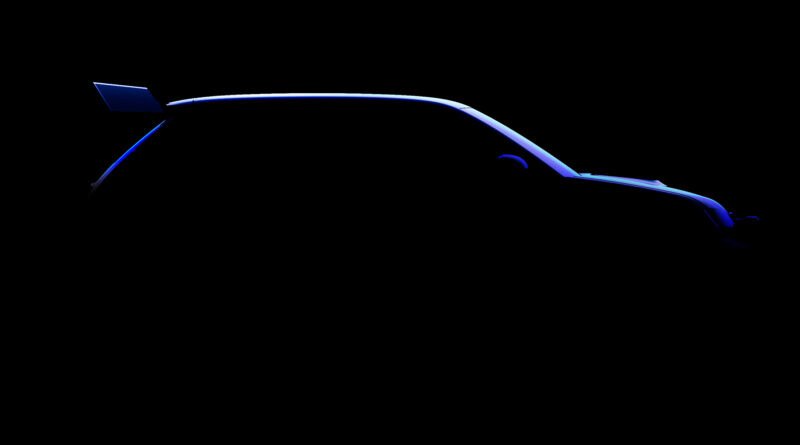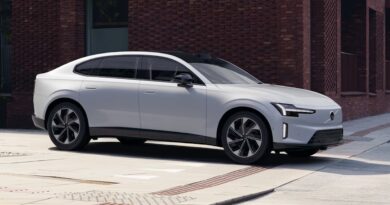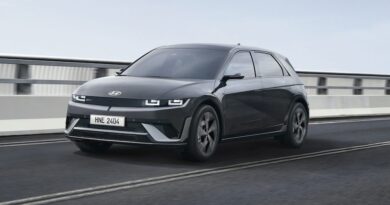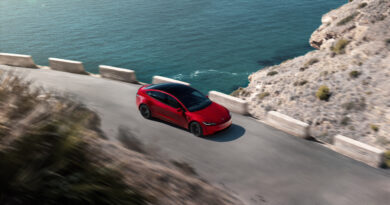10 EVs by 2025, axial flux motors and fresh tech for Renault
Renault has unveiled its plan to “make electric cars popular” with a €10 billion investment by 2030 that aims to shift 90 percent of the brand’s sales to EVs.
In an online event called eWays Electropop – it was partially about celebrating the EV “hits” Renault has had over more than a decade – Renault fronted heavy hitters of the French car making giant that has an alliance with Nissan and Mitsubishi that is crucial to its electric aspirations.
The ambitious plan will start with 10 new battery electric vehicles by 2025, including modern versions of the Renault 4 and Renault 5.
READ MORE: New tech, logo as Renault embraces EVs
In acknowledging the shift to electrification, Renault CEO Luca de Meo said “democratisation is the Renault touch” before he went on to detail the significant cost savings that are crucial to the bold strategy.
As well as conventional crossover models such as the already-confirmed Megane E-Tech, Renault will revive the legendary 5 as a retro-inspired all-electric hatch.
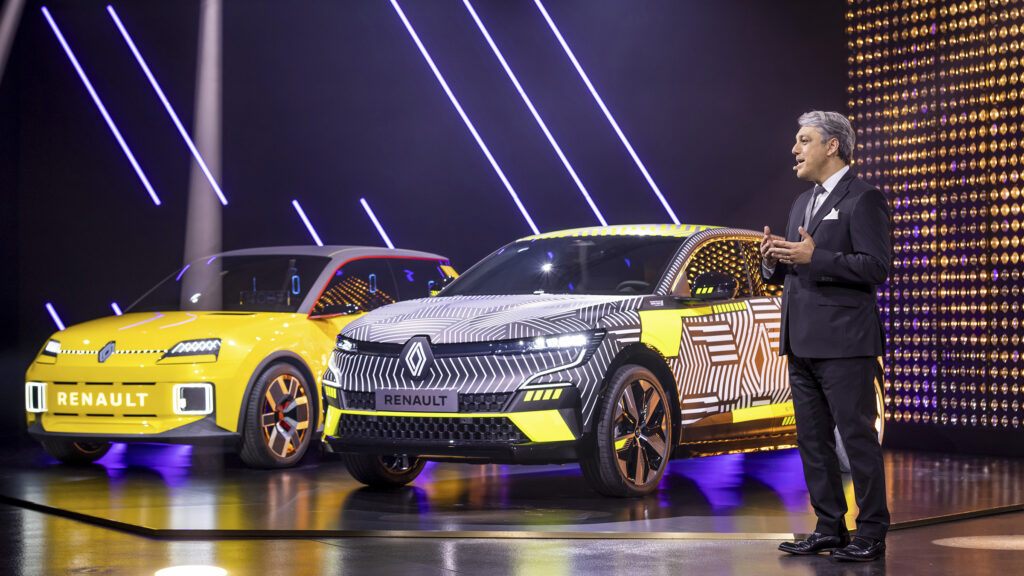
But it’s the components and the investment in electric components and software that lay the foundations for the plan.
All are being developed and/or shared with Nissan and Mitsubishi as part of the three-way Alliance.
Back to the future with axial flux…
EV manufacturers have made very little noise about the differences between electric motors, but Renault is clearly keen to talk up the motors it is developing.
Perhaps it’s the name: axial flux, which sounds very Back to the Future.
Renault is keen to point out the only other electrified car to currently use the car is the Ferrari SF90.
But Renault believes it will be the first manufacturer to build them in big numbers by 2025.
Axial flux motors replace the more common radial flux e-motors.
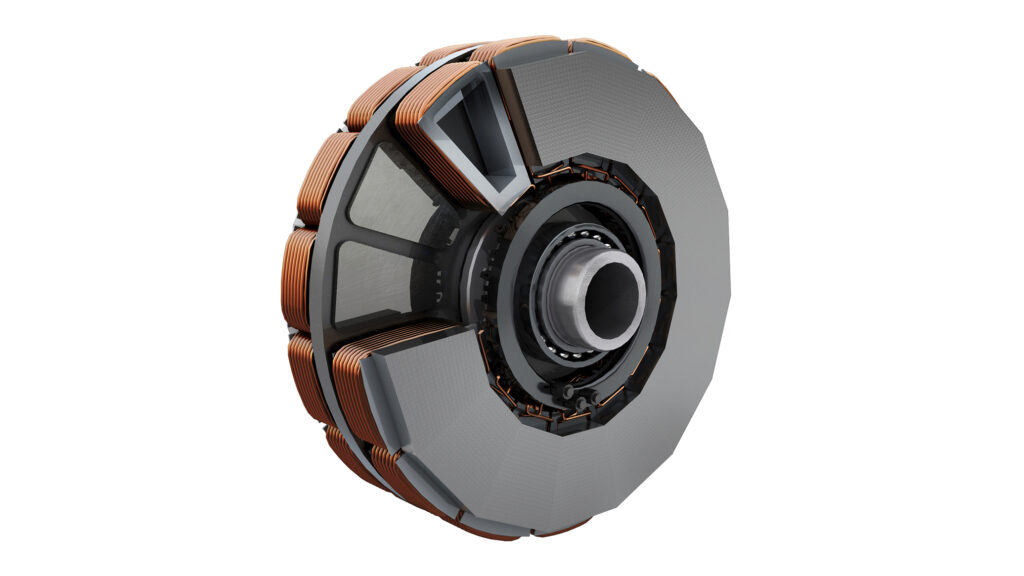
Their big advantage is size. They can be very thin and therefore easier to package within the car.
An axial flux motor can also generally produce more torque than other e-motors.
Renault is looking to develop and manufacture the axial flux motor in-house (most EV makers buy their electric motors from external suppliers) while leveraging a partnership with French company Whylot.
Renault says that brings big advantages in reducing costs, which is a big part of the plan to make EVs affordable.
Renault is also working on a battery recycling within its plant as well as diverting old EV batteries to other uses, such as stationary storage.
Powering up with NMC
In announcing the eWays plan, Renault has committed to using nickel manganese cobalt (NMC) chemistry within its lithium-ion batteries.
NMC is the most commonly used lithium-ion tech and Renault believes it is best suited to its plans to introduce a range of affordable compact, mid-sized and performance models.
Renault says it considered LFP – or lithium iron phosphate batteries, which Tesla recently switched to for its Model 3 – but decided against them because of battery longevity, energy density (how much electricity it holds) and performance in cold weather.
Renault says in the decade it has been manufacturing EVs – including the Zoe that was recently dropped from the Australian lineup – it has managed to halve the cost of manufacturing batteries.
And it plans to halve those costs again by 2030.
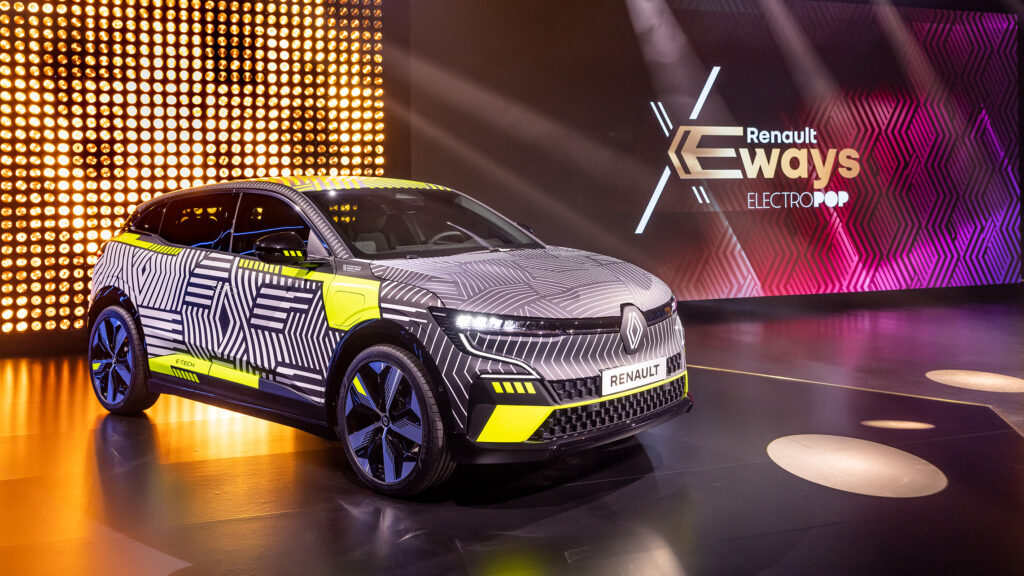
“Will divide it by two again in the next decade,” said de Meo.
Key to the NMC battery strategy will be two distinct streams: one for smaller, lower priced cars and the other for larger and high-performance models.
Renault is also investing in wireless battery management systems – EVs have complex software monitoring battery state, temperature and charge – which is says will reduce costs and weight.
Renault will invest billions in two battery gigafactories as part of the in-house battery strategy.
By 2030 Renault also says it will have solid state batteries ready for production.
Thoughtful EV engineering with a focus on costs
Two new architectures will underpin the EV onslaught.
CMF-EV is designed for use on larger vehicles including crossovers as well as performance models including those from sub-brand Alpine.
Developed in conjunction with Nissan, the CMF-EV platform underpins the MeganE and Nissan Ariya and appears to be a no-compromises approach that takes advantage of a ground-up design, then placing batteries and components ideally for an EV layout. Renault says it can maximise interior space while also reducing weight and manufacturing costs – the latter a heavy focus for the major EV announcement.
The CMF-EV platform will also provide up to 580km of WLTP range.
Early in 2021 Renault rebranded its Renault Sport performance division as Alpine and some of those go-fast models will go EV utilising that CMF-EV platform.
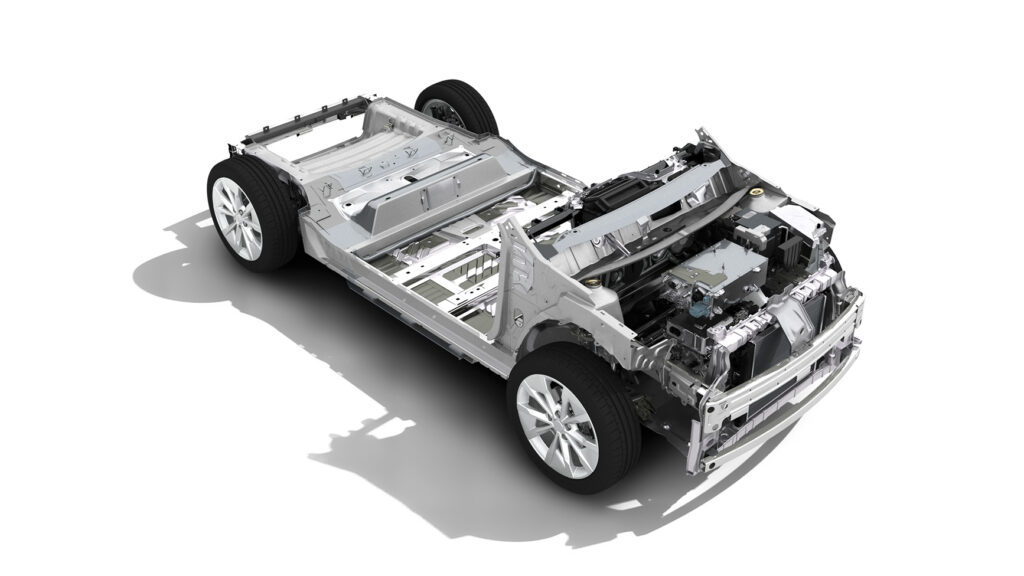
Renault is also developing another architecture dubbed CMF-BEV and that is being used for smaller city-sized vehicles that play in a more cost-conscious part of the market.
That architecture is expected to use some components from the CMF-B architecture that is used on some Renault city cars today.
As a result, Renault will place major electric components under the bonnet, something the brand says helps reduce costs.
Renault is also looking to integrate the inverter, DC-DC converter and the onboard charger into a single box that is more compact.
That box will also be 800V ready, allowing it to use the ultra-rapid chargers that can reduce charging times.
Renault says it is targeting an 80 percent charge in as little as 12 minutes for some models.
Alpine to go high performance with EVs
Renault’s born-again performance brand Alpine will have three new EVs by 2025.
The first of what Renault describes as the “dream garage” will arrive in 2024.
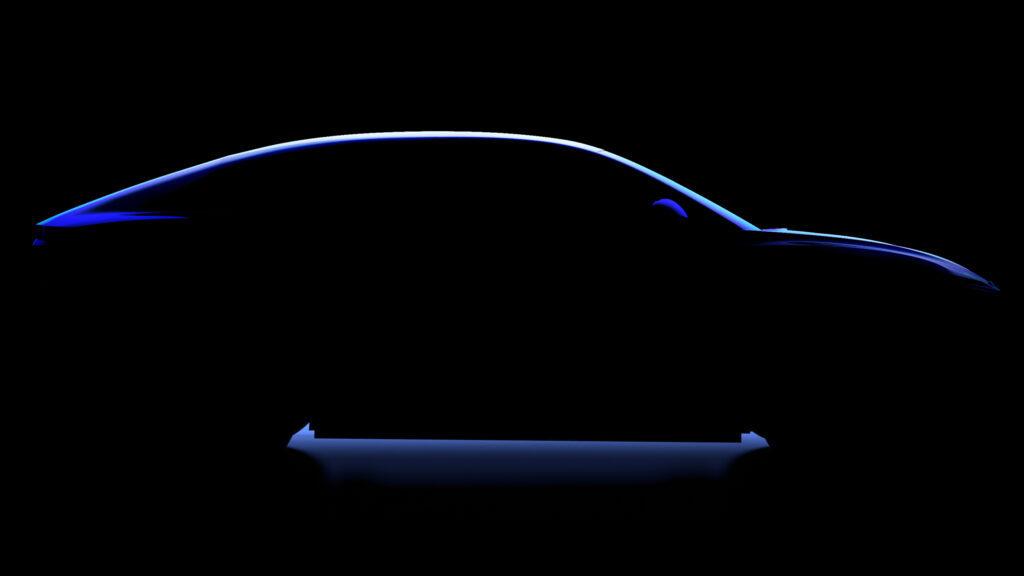
Renault previewed three silhouettes of the upcoming Alpine EVs.
The first appears to be a four-door with a coupe-inspired silhouette.
The second is a hatchback – likely the Renault 5 EV – with a large wing to ram home the performance. Expect plenty more performance than will be offered in the standard Renault models.
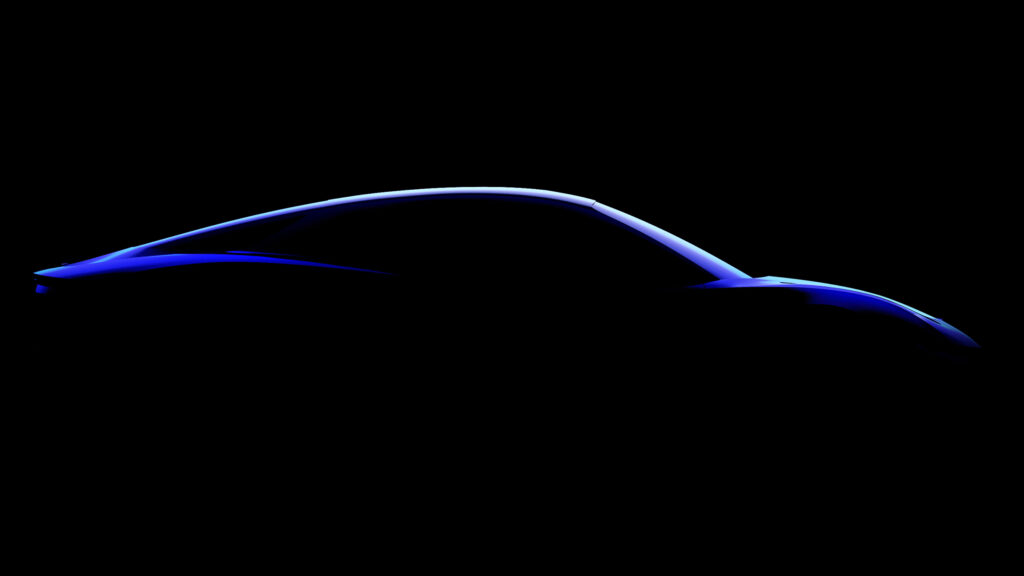
The third is expected to be an electric replacement for the Alpine A110 that revived the brand with a rich history in rallying.
Renault’s numbers game
Renault will revive the iconic 5 in its move to electrification.
Shown as a concept early in 2021, the new model is planned to sell for 33 percent less than the Renault Zoe, which last sold in Australia for $47,490.

At around $32,000 that would make a tempting proposition, especially considering the modern interpretation of the muscular Renault 5 design.
The new EV Renault 5 will have a WLTP range of about 400km and ride on the more affordable CMF-BEV platform mentioned above. It will be powered by a 100kW motor that is planned to be standardised across a range of models at the affordable end of the Renault EV lineup.
Renault has also all but confirmed it will revive the Renault 4, a much-loved car that debuted in the 1960s.
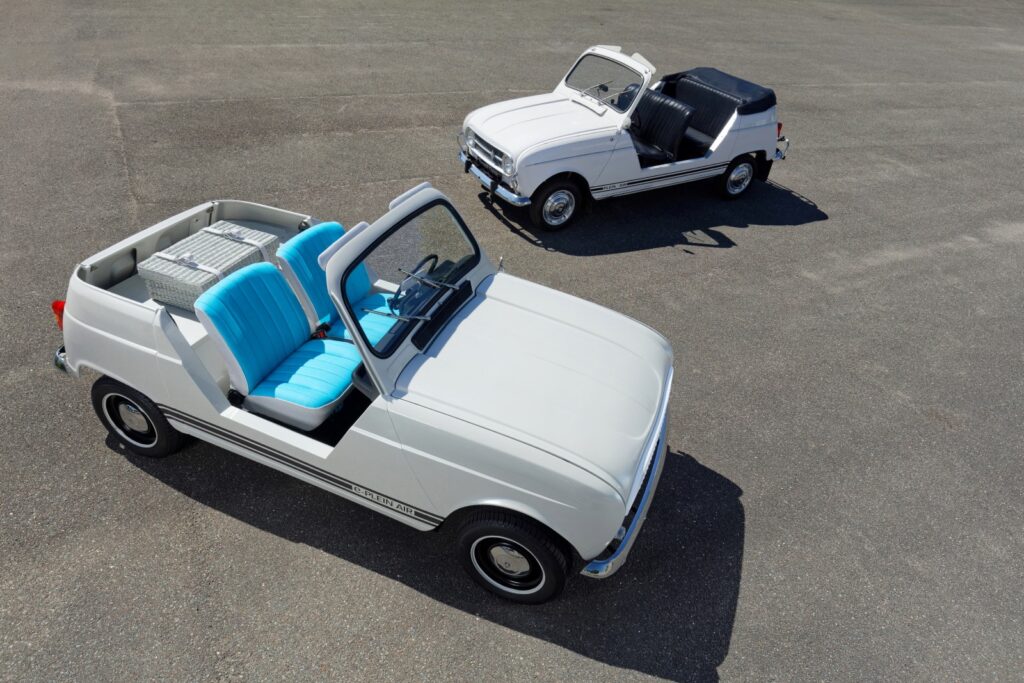
It showed concepts of how an electric Renault 4 could look and at today’s announcement confirmed it “will also revive another magic, iconic star currently named ‘4ever’ signifying the intention to make it a timeless classic”.
All of which begs the obvious question of when such EV coolness could make it to Australia.
A Renault Australia spokesperson said there was nothing official to be announced yet but that they are “working closely with our colleagues at Renault Groupe on future models to bring to Australia”.

